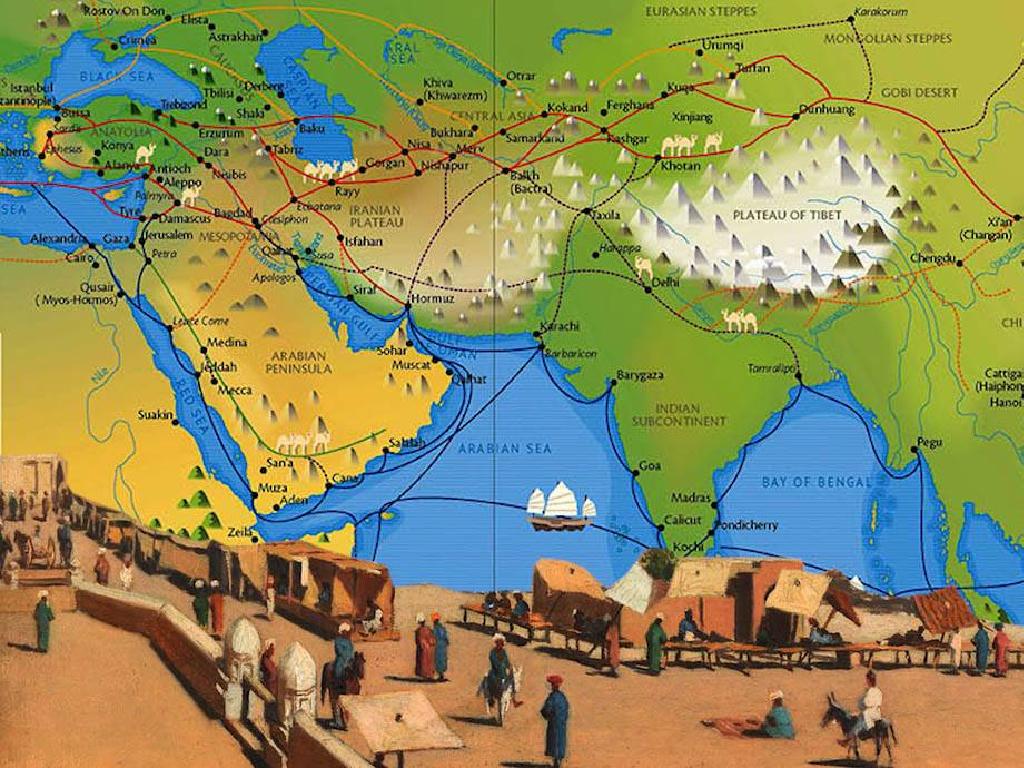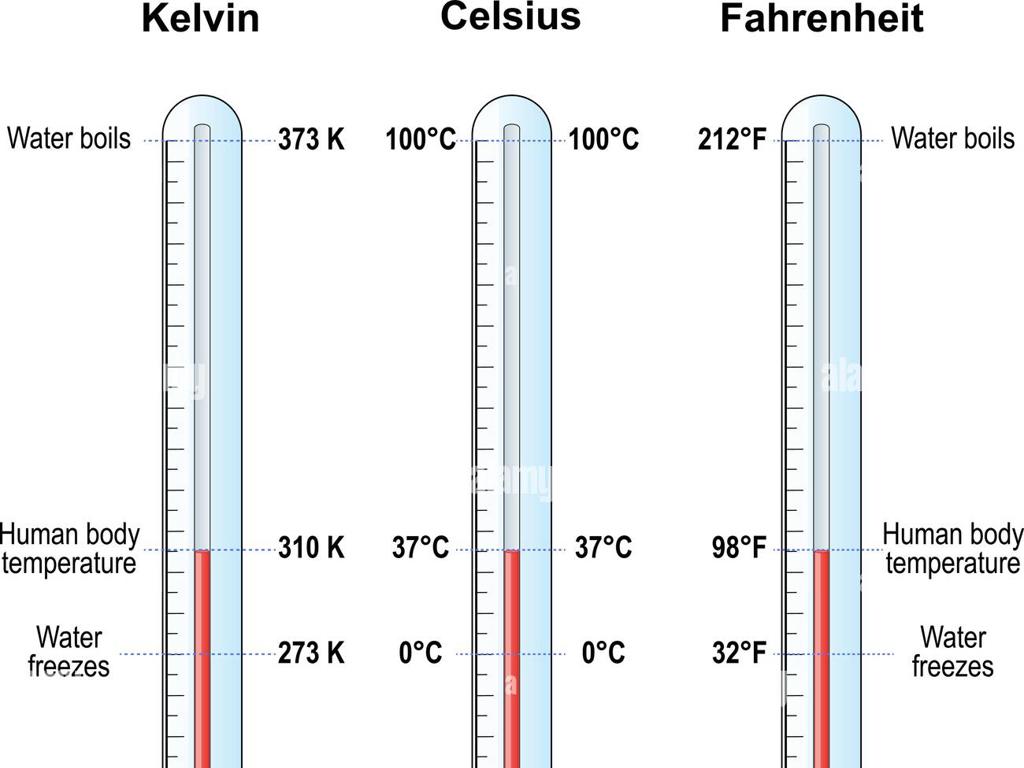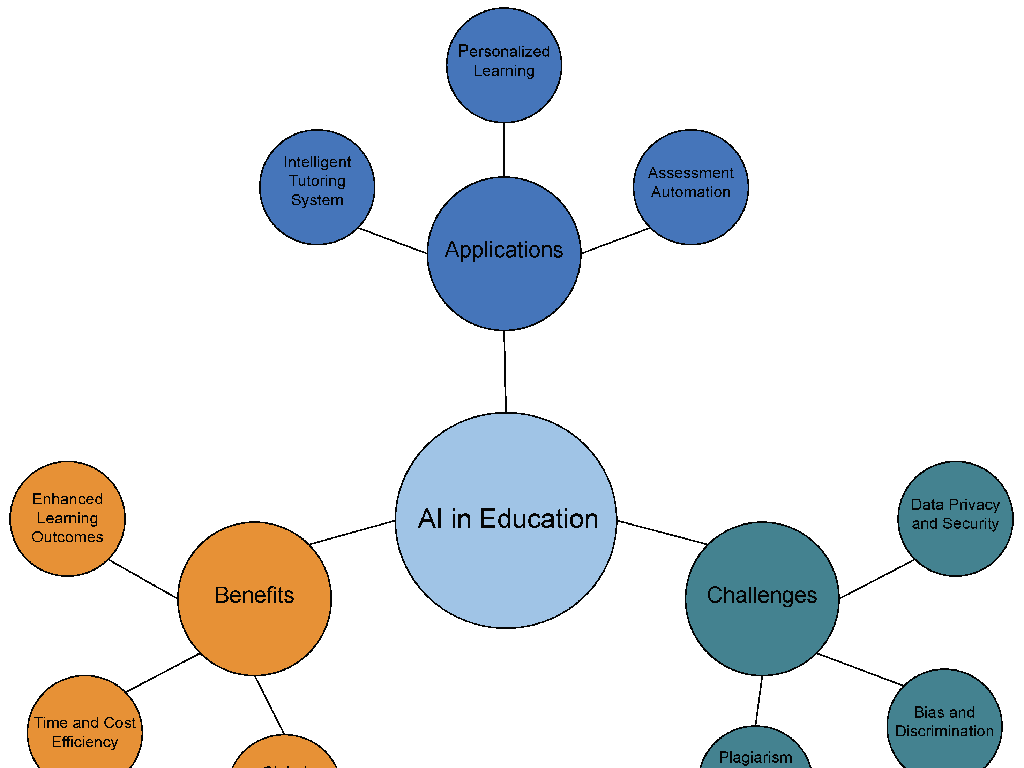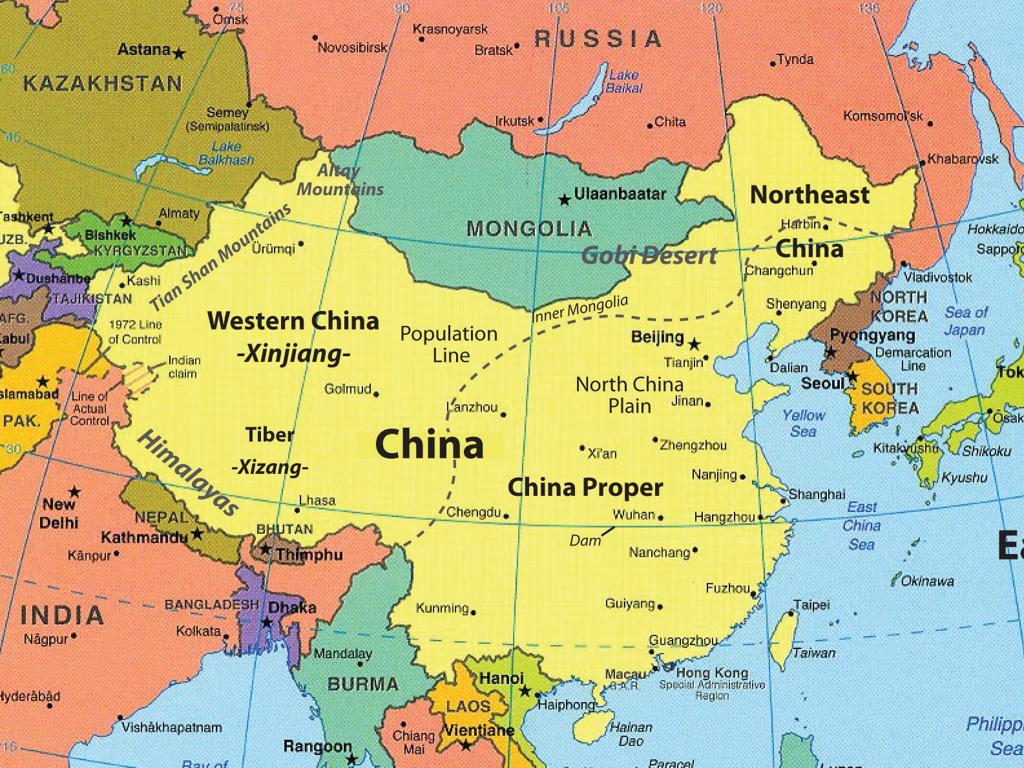Musculoskeletal System Physiology And Disease
Subject: Science
Grade: High school
Topic: Health & Medicine
Please LOG IN to download the presentation. Access is available to registered users only.
View More Content
Exploring the Musculoskeletal System
– Define the musculoskeletal system
– Comprises bones, muscles, and connective tissues
– System’s role in overall health
– Supports movement, protects organs, stores minerals
– Physiology and disease overview
– How it works and common ailments affecting it
– Learning objectives for today
|
This slide introduces the musculoskeletal system, which includes bones, muscles, and connective tissues. It’s crucial for students to understand the system’s role in not just movement, but also in protecting organs, enabling growth, and storing minerals. We’ll delve into how the system operates normally and explore common diseases that can affect it, such as arthritis and osteoporosis. The lesson will cover the basics of physiology and provide a foundation for understanding how diseases can impact this vital system. Encourage students to think about how everyday activities are supported by the musculoskeletal system.
Anatomy of the Musculoskeletal System
– Bones: Body’s structural framework
– Support, protect organs, and store minerals
– Muscles: Facilitators of movement
– Contract to initiate movement
– Joints: Intersections for motion
– Enable bones to move in a coordinated manner
– Tendons and Ligaments: Connective tissues
– Tendons attach muscle to bone, ligaments link bones
|
This slide provides an overview of the musculoskeletal system’s components and their functions. Bones form the body’s structure, offering support, protecting internal organs, and storing minerals like calcium. Muscles, through contraction, allow for movement and are powered by energy from metabolism. Joints are the pivot points where two or more bones meet, providing the flexibility needed for motion. Tendons and ligaments are the connective tissues that respectively attach muscles to bones and link bones together at joints, ensuring stability and support during movement. Understanding these basics is crucial for comprehending how the musculoskeletal system operates and how it can be affected by diseases. Encourage students to think about how these components work together during everyday activities.
Physiology of Muscle Contraction
– Mechanics of muscle movement
– Muscles contract by shortening, enabling movement.
– Actin and myosin interaction
– Myosin heads bind to actin filaments, sliding them to contract.
– Energy use in muscles
– Muscle contraction requires energy, primarily from ATP.
– ATP’s role in contraction
– ATP provides energy to detach myosin heads, allowing for repeated contractions.
|
This slide aims to explain the physiological process behind muscle contraction. Begin with the basic concept that muscles create movement by contracting, which involves the shortening of muscle fibers. The interaction between actin and myosin, the two main proteins involved in muscle contraction, is crucial. Myosin heads attach to actin filaments and pull them inward to contract the muscle. Energy is a vital part of this process, with ATP being the primary source. ATP is necessary for the myosin heads to release from the actin filaments and prepare for another contraction cycle. Discuss the importance of ATP in muscle physiology and how it supports sustained muscle work. Encourage students to think about how this process is occurring in their own bodies during everyday activities.
Common Musculoskeletal Diseases
– Arthritis: Joint inflammation
– Swelling, pain, and stiffness in joints
– Osteoporosis: Bone weakening
– Increased bone fragility and fracture risk
– Muscular dystrophy: Muscle degeneration
– Progressive weakness and loss of muscle mass
– Symptoms and life impact
– Discuss how these conditions can affect daily activities and overall well-being
|
This slide aims to introduce students to common musculoskeletal diseases, their symptoms, and how they can affect a person’s quality of life. Arthritis is characterized by inflammation of the joints, leading to pain and stiffness. Osteoporosis involves the weakening of bones, making them more susceptible to fractures. Muscular dystrophy refers to a group of diseases that cause progressive weakness and loss of muscle mass. It’s important to discuss not only the biological aspects of these diseases but also their psychological and social implications, as they can significantly impact a person’s ability to perform everyday tasks and engage in social activities. Encourage students to think about how these conditions might require lifestyle adjustments and the importance of early detection and management.
Maintaining a Healthy Musculoskeletal System
– Adopt healthy lifestyle choices
– Balanced diet, regular exercise, and adequate rest support bone and muscle health.
– Explore medical interventions
– Surgical procedures, medications, and innovative treatments like stem cell therapy.
– Utilize physical therapy
– Guided exercises to restore movement and strength after injury or surgery.
– Embrace rehabilitation exercises
– Specific routines designed to rebuild muscle and joint function.
|
This slide emphasizes the importance of prevention and treatment in maintaining a healthy musculoskeletal system. Encourage students to consider how daily choices can impact their long-term bone and muscle health. Discuss various medical interventions that are available for treating musculoskeletal conditions, including both traditional and cutting-edge techniques. Highlight the role of physical therapy in recovery from injuries, and explain how rehabilitation exercises are tailored to individual needs to ensure the best outcomes. Provide examples of exercises and therapies, and discuss how these treatments can be adjusted for different types of injuries or conditions.
Class Activity: Musculoskeletal Disease Case Studies
– Analyze musculoskeletal disease cases
– Discuss treatments and lifestyle changes
– Present findings to the class
– Suggest prevention strategies
|
This slide introduces a class activity focused on real-world application of knowledge about the musculoskeletal system. Students will be divided into groups and each group will be given a different case study of a musculoskeletal disease to analyze. They will discuss potential treatment options and the lifestyle changes that could benefit the condition. Afterward, each group will present their case study findings to the class, including possible prevention strategies for the diseases studied. The teacher should prepare diverse case studies with varying complexity to cater to different student capabilities. Encourage critical thinking and empathy by asking students to consider how living with a musculoskeletal disease might affect a person’s daily life. Provide a list of diseases such as osteoporosis, arthritis, and muscular dystrophy for a comprehensive understanding of the topic.






